
views
- Divide your expenses into categories like housing, traveling, and dining to help you track them more easily.
- Log expenses immediately after spending the money to stay on top of your finances.
- Use a personal finance app to digitally manage your expenses and analyze your spending habits.
- Set up a separate spending account for entertainment expenses so you don't accidentally spend money that needs to go towards bills.
Keeping Track of Finances Manually

Create a tracking system that works for you. The most important part of keeping track of your finances is consistency. Regardless of which way you log your transactions, you must be able to refer back to them easily and reliably. Be sure to include important information like the date, the amount spent or gained, and the expense category with each entry. Also, make recordings consistently, so your log stays up to date. Expense categories are an easy way to determine what you spend the most money on. These categories may include things like housing, utilities, groceries, health care, and entertainment. Aim to log your expenses daily, weekly, or biweekly. Consider color-coding your tracking system, so it’s easier to find information. For instance, you may have food expenses marked with green pen and travel expenses in gray.
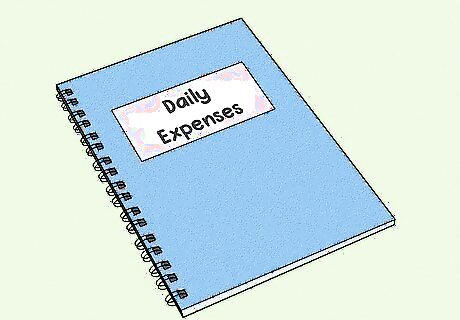
Keep an expense and budget notebook that tracks your spending. The simplest way to track your finances is to record each transaction in a notebook. Choose to use the notebook for spending only, or opt for a more detailed approach by logging how much you want to spend and what you end up spending. Keeping track of where your money goes can help you learn what expenses affect your account balance the most. Consider transferring the information from your notebook to a computer spreadsheet at the end of each month or year. This way, you’ll have double the records. If you don’t want to make your own logbook, try finding one online. Simply search “finance logbook template” and find a design that works best for you.
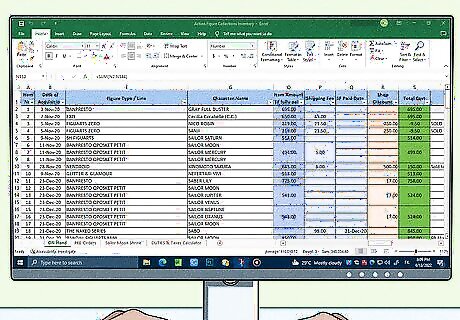
Use a computer spreadsheet to organize your budget and expenses. A simple Microsoft Excel or Google Sheets spreadsheet can help you manage your expenses easily and efficiently. Plus, it can even create graphs to help you understand your spending better. Start by making a personal budget for a weekly or monthly basis. Then, use the tracking system you’ve created to start inputting your data under columns for amounts, type of expense, date of transaction, etc. To create a personal budget, start by listing your fixed expenses each month (like rent and utilities) as an expense on the first day of each month, along with your expected monthly income. Then, subtract other expenses or add other incomes as necessary throughout the week or month. If you don’t want to create your own spreadsheet, no worries! Simply search “financial tracker spreadsheet template” online to download a spreadsheet that works best for you.
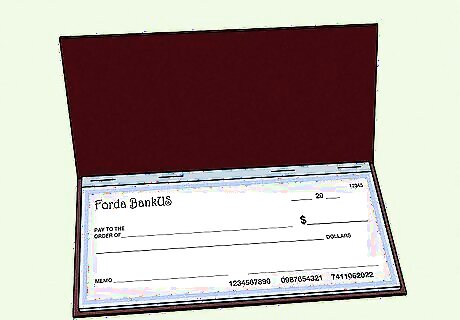
Keep a checkbook to track deposits and transactions. It may seem old-fashioned, but recording your transactions in a checkbook is still a simple and reliable way of tracking your finances. Plus, it can help you catch banking mistakes and fraudulent charges. The recording process involves simply writing down the amount of the transaction, writing a description of the transaction (an excellent place to write down the category), and then adding or subtracting the amount from the account balance. Create separate columns in your checkbook for tracking credits (money coming in) and debits (money going out). Compare your bank’s withdrawals and deposits with your checkbook every 2 weeks to make sure everything’s a match.

Analyze your finances at the end of each month to make a working budget. Regardless of which method you choose to track your finances, reviewing your earnings and spending habits at the end of each month can help you budget for the future. Where did you spend the most money? Did you earn less or save more? Use the information you learn to make adjustments to your budget and spending habits for the next month. Start by totaling your expenses and comparing the sum to your monthly income. If you're spending more than you're making, identify the source of your overspending. Total your spending by category to identify where your money is going. That is, combine the totals spent in each expense category and compare them to each other, or divide the total of each category by the total of all of your monthly expenses to get a percentage of total category expenses.
Using a Personal Finance App
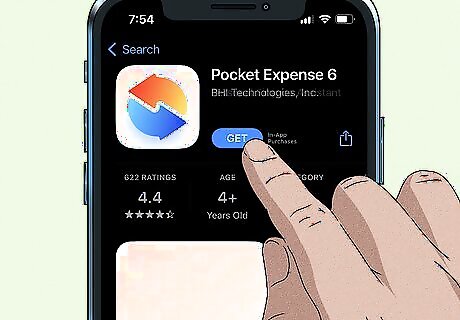
Select a personal finance app that fits your needs. There are a ton of personal finance apps available both for mobile phones and web browsers that offer services to track, tabulate, and analyze your expenses. These apps also offer a range of comprehensiveness, from simply acting as a budget-creation tool to displaying all your assets in one place. These apps pull in all of your financial information from bank accounts, retirement accounts, and other sources while also tracking your bills and reminding you to pay them: Quicken, Mint, Personal Capital, and Pocket Expense. These apps track your finances and work as analysis tools but don't require bank account information: Mvelopes and You Need a Budget.
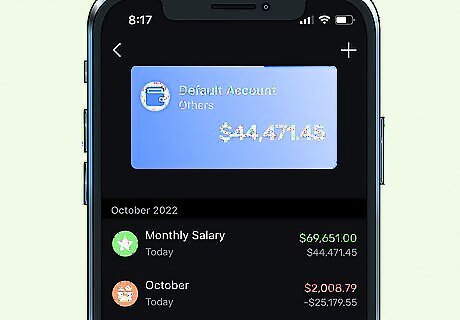
Put your information into the app of your choice. If the app you’ve chosen requires bank information, input your information and wait for the app to sync with your accounts. Alternately, input your transaction information as you spend and earn money to watch the app magically compile your finances. Simply follow the app’s instructions.
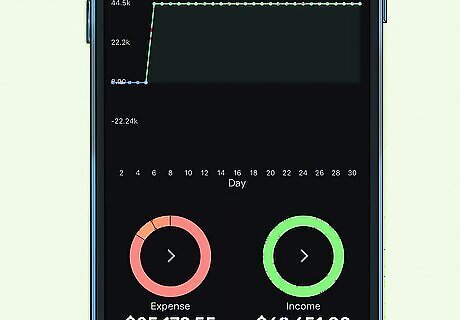
Monitor the app's analysis to keep track of your finances. At regular intervals, your app will supply you with analyses of your spending habits. Be sure to read these reports thoroughly and think about adjusting your spending habits as needed. Some apps will even provide guidance on how to save money in certain areas.
Money Management Tips
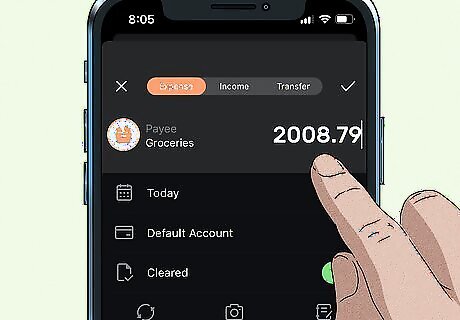
Log your purchases immediately after shopping. It can be easy to get lost in a spending spree—we’ve been there! Ease money anxiety by marking how much you spend in your finance tracker immediately after you’ve spent it. This way, you’ll know how much you have, what you have to pay, and what you can spend. Keep your receipts so you can comb through them at the end of the month or year. Try marking on your calendar when to check your bank and credit card balances, so you don’t forget.
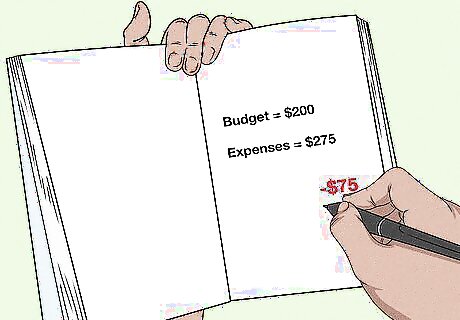
Track and budget your spending by store. When you track your finances, do you find that you’re spending too much in one place? Having a budget for your favorite stores could help you spend less. For example, maybe you’re a Target lover and always go in for one thing but come out with a cart full of things. Set yourself a monthly budget for Target and mark it in your finance tracker.
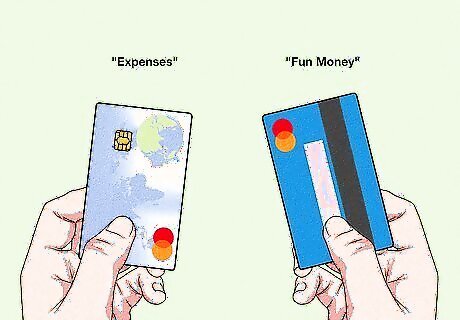
Set up a separate spending account. Sometimes, you just like to shop for fun, and that’s okay! But make sure your “fun money” doesn’t mingle with your essentials. To do this, take out a separate bank account that’s only for extra purchases. This way, when that total drops, the money you use to pay the bills won’t. This trick doesn’t just help you manage your “fun money,” but it can also help you spend less and save money.
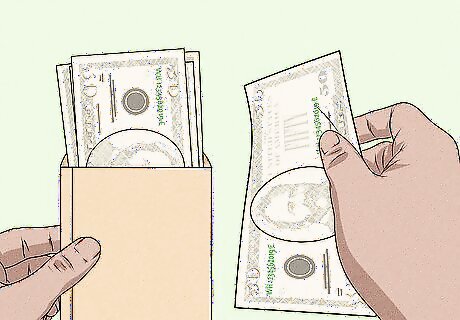
Use cash whenever you can. Tracking how much money you’re spending can be difficult when you’re not holding it in your hand, so opt for using cash when you can. Swiping a card takes no effort at all, but handing over your well-earned cash can make you second guess unessential purchases. Try the envelope-saving method by labeling envelopes with what you’re saving for. For instance, one could read “concerts” while another says “new wardrobe.” Every time you get a paycheck, slide $5 into each envelope and watch your “fun money” grow.
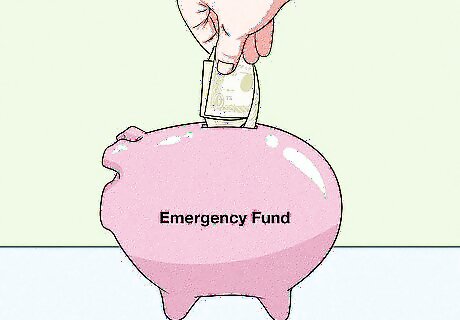
Create an emergency fund. It’s always better to be safe rather than sorry! If you get overwhelmed while tracking your personal finances, try ensuring that everything will be okay no matter what to ease your mind. Simply set aside a small amount of money each month for a rainy day. Most financiers recommend saving at least 10% of your income for emergency savings each month.



















Comments
0 comment